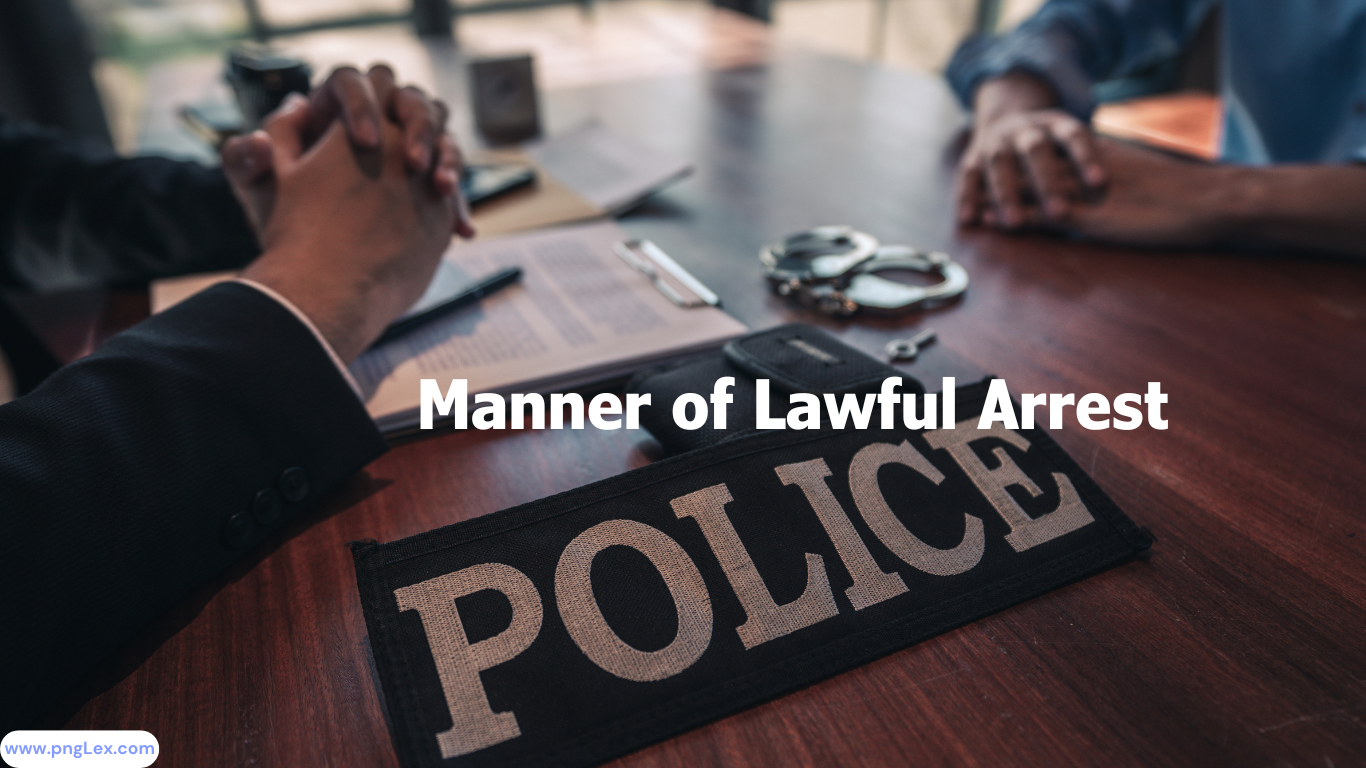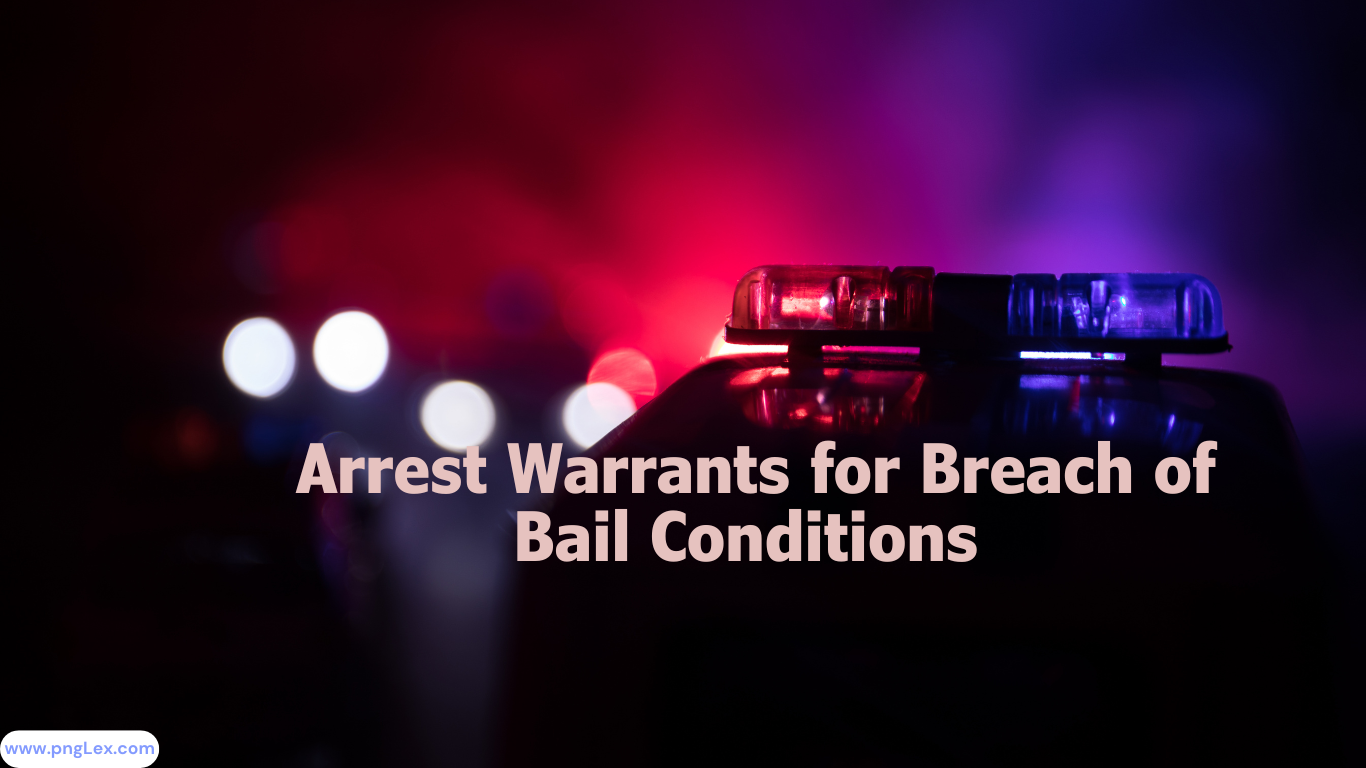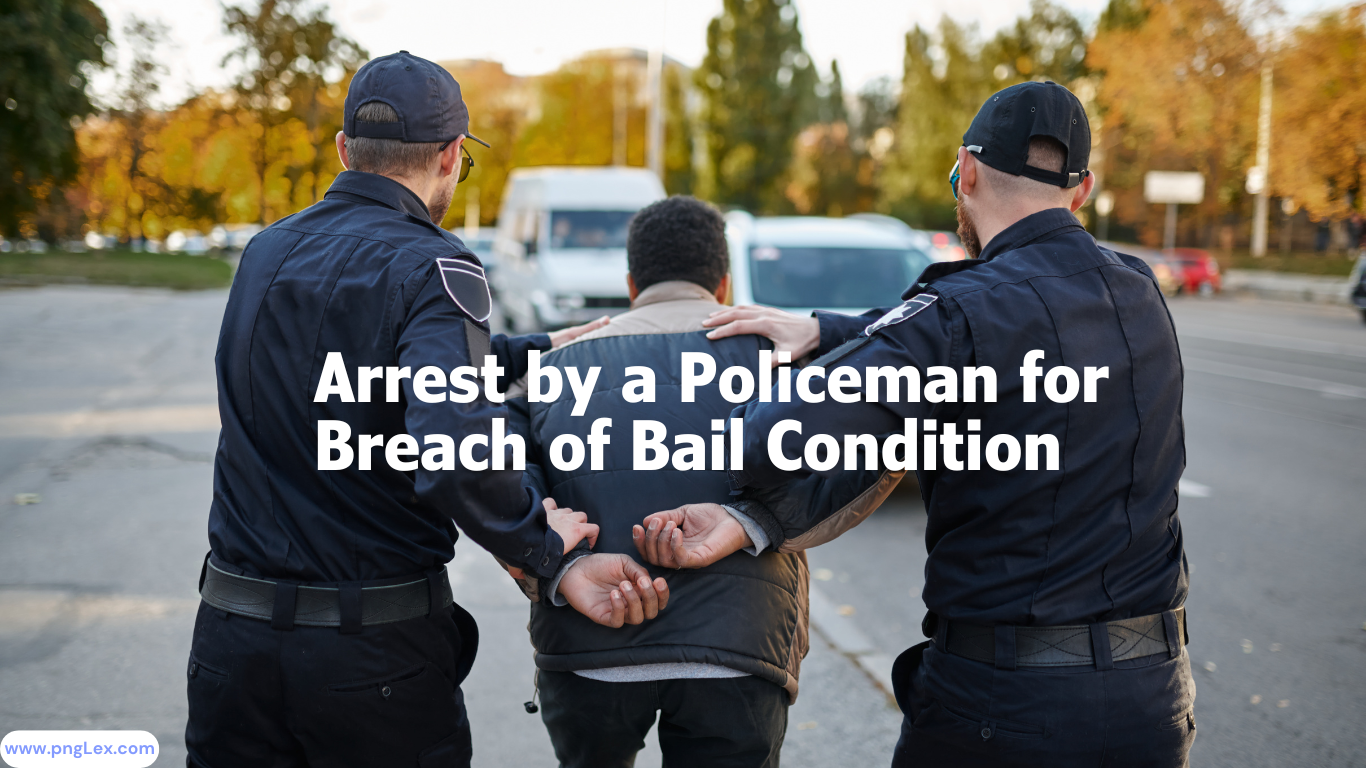Arrest procedures are fundamental to the justice system, balancing law enforcement needs and individual rights. The Arrest Act (Chapter 339), Part IV, details the manner of effecting arrests and the obligations of authorized persons. This blog post explores these provisions, their practical implications, and real-world applications.
The Manner of Effecting Arrest
The Act outlines specific procedures for authorized persons when making an arrest. If the person to be arrested does not resist and both parties speak a common language, the authorized person must inform the individual that they are under arrest, provide the reason for the arrest, and request them to accompany the officer to a police station or court. This transparency ensures the individual understands the situation and the legal process.
For instance, during a routine traffic stop where the driver is found to have an outstanding warrant, the officer must clearly communicate the arrest and the reason, ensuring compliance and understanding.
If the parties do not share a common language or the person arrested has a mental or physical defect, the authorized person must use reasonable means to indicate that the person is under arrest and needs to accompany the officer. This provision ensures that communication barriers or disabilities do not impede the legal process.
Handling Resistance and Evading Arrest
When a person resists arrest or attempts to evade it, the authorized person is permitted to use all reasonable means to effect the arrest. However, the force used must be proportional to the circumstances. This limitation prevents excessive force and ensures that arrests are conducted lawfully.
For example, if a suspect attempts to flee from a burglary scene, the police may use necessary force to apprehend them. However, if the suspect surrenders, the use of force must immediately cease.
Warrant Obligations for Authorized Persons
When executing a warrant, the authorized person must carry the warrant and produce it upon request if the warrant is directed to a specific individual or a police officer in charge of a particular area. If directed to all police members, the warrant must be produced as soon as practicable if requested by the arrested person. This requirement ensures transparency and accountability in the arrest process.
Examples and Applications
Consider a case where a person is suspected of violating bail conditions. The officer must inform the individual of their arrest, ensuring they understand the charges and the process. If the suspect resists, the officer may use reasonable force to make the arrest. Another example is in a domestic violence case where the suspect may have communication barriers. The officer must use appropriate means to convey the arrest and the need to accompany them to the station.
In conclusion, the Arrest Act (Chapter 339) provides a clear framework for the manner of effecting arrests, balancing the need for effective law enforcement with the protection of individual rights. Understanding these provisions helps ensure that arrests are conducted lawfully, transparently, and respectfully.









